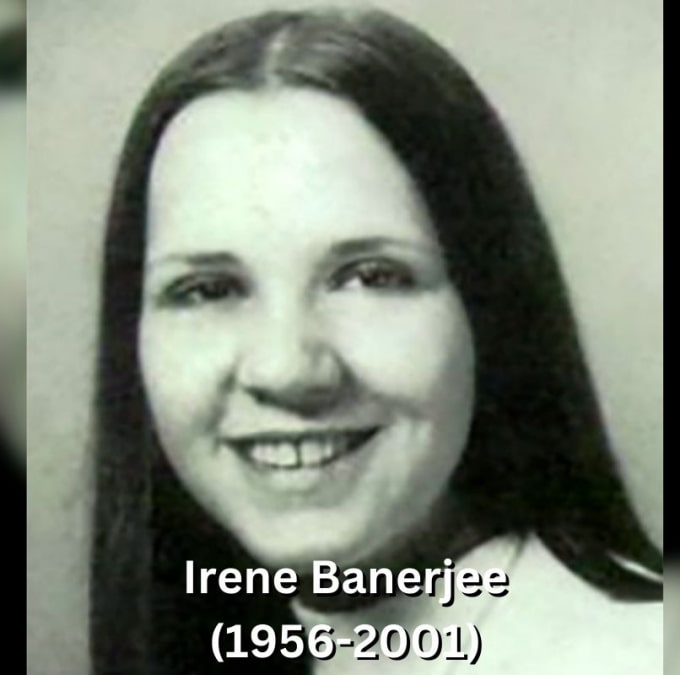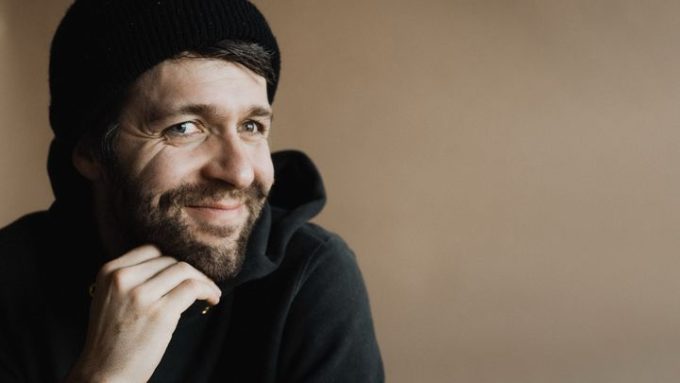Robert Capa, born Endre Ernő Friedmann, is acclaimed for being one of the most influential war photographers in history. His work, characterized by raw and unfiltered depictions of war, brought the realities of the front lines into the homes of millions. From the Spanish Civil War to the shores of Normandy, Capa's photographs immortalized moments of heroism and horror. This article offers a comprehensive exploration of Robert Capa's life, career, and long-lasting legacy, shedding light on the man behind some of the most iconic war photographs ever taken.
Quick Info Table
| Field | Details |
|---|---|
| Full Name | Endre Ernő Friedmann |
| Known As | Robert Capa |
| Occupations | War Photographer, Photojournalist |
| Age (as of 2024) | Would be 111 years old |
| Date of Birth | October 22, 1913 |
| Birthplace | Budapest, Hungary |
| Nationality | Hungarian-American |
| Date of Death | May 25, 1954 |
| Place of Death | Thai Binh, Vietnam |
| Net Worth (2024) | Estimated $1 million (historical value) |
| Parents | Unknown |
| Spouse | None (Romantic partner: Gerda Taro) |
| Children | None |
Robert Capa: The Formative Years
Robert Capa's early life significantly influenced his future as a pioneering photojournalist. His upbringing in Budapest and his travels across various European cities shaped his worldview and, consequently, his photographic style.
Budapest: The Birthplace
Born on October 22, 1913, in Budapest, Hungary, Capa grew up in a Jewish family during a period of political unrest and economic hardship in Europe. These challenging circumstances fostered resilience and adaptability, traits that later became defining elements of his career.
Berlin: The Learning Ground
At the age of 18, Capa moved to Berlin in 1931 to pursue journalism. As a Jewish student, he faced significant difficulties due to the increasingly hostile political climate in Germany. It was during this time that he discovered his passion for photography, working as a darkroom assistant at Dephot, a renowned photo agency.
Paris: The Launchpad
Fearing the rise of the Nazi regime, Capa relocated to Paris in 1933. It was here that he assumed the pseudonym Robert Capa, a name that would soon become synonymous with war photography. In Paris, he met Gerda Taro, a fellow photographer who would become his romantic partner. Their shared path led them to document some of the most significant conflicts of the 20th century.
The Pinnacle of Capa's Career
Robert Capa's career is a testament to his bravery and dedication to capturing the realities of war. His work, covering multiple conflicts, continues to resonate with audiences today.
The Spanish Civil War: The Beginning
Capa's first major assignment was the Spanish Civil War (1936-1939), which yielded some of his most iconic images. Alongside Gerda Taro, Capa documented the brutal realities of the war, bringing global attention to the suffering of the Spanish people.
The Falling Soldier: The Iconic Image
One of Capa's most renowned photographs, "The Falling Soldier," was taken during this period. This image, supposedly showing a Republican soldier at the moment of death, sparked debates over its authenticity but remains a potent symbol of the human cost of war.
World War II: The Benchmark
Capa's coverage of World War II cemented his reputation as a leading war photographer. He was present at numerous pivotal events, capturing images that have become emblematic of the conflict.
D-Day: Omaha Beach
On June 6, 1944, Capa landed with American troops on Omaha Beach during the D-Day invasion. Despite the chaos and violence, he managed to capture some of the most haunting and memorable photographs of the war. Even though many of his negatives were lost, the surviving images offer a visceral insight into the horrors of war.
Liberation of Paris
Capa also documented the liberation of Paris in August 1944. His photographs of jubilant Parisians celebrating their freedom starkly contrasted with the grim images of battle, showcasing his ability to capture both the tragedy and triumph of war.
Post-War Career
Following World War II, Capa continued to cover conflicts worldwide, including the 1948 Arab-Israeli War and the First Indochina War. His work during these years further underscored his commitment to photojournalism and his unyielding courage.
Co-Founding Magnum Photos
In 1947, Capa co-founded Magnum Photos with Henri Cartier-Bresson, David Seymour (Chim), George Rodger, and William Vandivert. This cooperative agency was established to give photographers greater control over their work and its distribution, thereby revolutionizing the field of photojournalism.
The Personal Life of Robert Capa
Robert Capa's personal life was as dynamic and complex as his professional career. His experiences and relationships outside of work significantly influenced his photography.
Relationship with Gerda Taro
Gerda Taro, born Gerta Pohorylle, was more than just Capa's partner in life and work. Their collaboration during the Spanish Civil War resulted in some of the most compelling images of the conflict. Unfortunately, Taro was killed in 1937 while covering the war, a loss that deeply affected Capa.
Friendships with Influential Figures
Capa's circle of friends included notable personalities such as Ernest Hemingway, John Steinbeck, and Ingrid Bergman. These relationships enriched his personal life and offered unique opportunities and perspectives that influenced his work.
The Final Days
Capa's relentless pursuit of truth through his lens ultimately led to his untimely death. On May 25, 1954, while covering the First Indochina War in Vietnam, he stepped on a landmine and was killed instantly. He was just 40 years old.
The Legacy of Robert Capa
Robert Capa's contributions to photojournalism are immeasurable. His work has left a lasting legacy, influencing generations of photographers and shaping the public's perception of war.
Iconic Photographs
Capa's portfolio includes some of the most iconic war photographs in history. From "The Falling Soldier" to his images of D-Day, his work continues to be studied and admired for its emotional depth and technical skill.
Awards and Honors
Capa received several posthumous honors in recognition of his contributions to journalism and photography. Notably, he was awarded the Medal of Freedom by President Dwight D. Eisenhower in 1947 for his work during World War II.
Influence on Photojournalism
By co-founding Magnum Photos, Capa helped establish a platform that empowered photographers and ensured the integrity of their work. His empathetic and brave approach to war photography set a new standard in the field.
Financial Insights into Capa's Life
Understanding the financial aspects of Robert Capa's career provides a deeper insight into his life and legacy. Despite the risks he took, Capa's financial success was modest compared to his impact on the world.
Net Worth and Earnings
At the time of his death, Capa's net worth was estimated to be around $1 million in today's value. While not extraordinary, this figure reflects his significant contributions to photojournalism. His earnings stemmed primarily from his work published in various magazines and newspapers and his involvement with Magnum Photos.
Financial Legacy
Capa's financial legacy continues through the operations of Magnum Photos, which remains one of the most respected photo agencies globally. The agency ensures that Capa's work, along with that of other celebrated photographers, is preserved and promoted.
Conclusion
Robert Capa's life and work continue to inspire and educate. His fearless approach to photojournalism and his commitment to capturing the human experience of war have left an indelible mark on history. Reflecting on his legacy, we are reminded of the power of photography to tell stories, evoke emotions, and effect change.
FAQ
Who was Robert Capa's most significant collaborator?
Robert Capa's most significant collaborator was Gerda Taro, his professional partner and romantic interest. Together, they covered the Spanish Civil War, creating some of the most iconic images of the conflict.
What is Robert Capa's most famous photograph?
Robert Capa's most famous photograph is "The Falling Soldier," taken during the Spanish Civil War. The image, supposedly showing a Republican soldier at the moment of death, has become an iconic representation of the human cost of war.
How did Robert Capa die?
Robert Capa died on May 25, 1954, after stepping on a landmine while covering the First Indochina War in Vietnam. He was 40 years old at the time of his death.
What is Magnum Photos?
Magnum Photos is a cooperative photo agency co-founded by Robert Capa in 1947. The agency was created to give photographers greater control over their work and its distribution, revolutionizing the field of photojournalism.
What awards did Robert Capa receive?
Robert Capa received several awards and honors for his contributions to photojournalism, including the Medal of Freedom from President Dwight D. Eisenhower in 1947 for his work during World War II.
By delving into the life and legacy of Robert Capa, we gain a deeper appreciation for the power of photojournalism and the bravery needed to capture the truth in the face of danger. His work remains a testament to the impact of visual storytelling and the enduring importance of documenting history.












